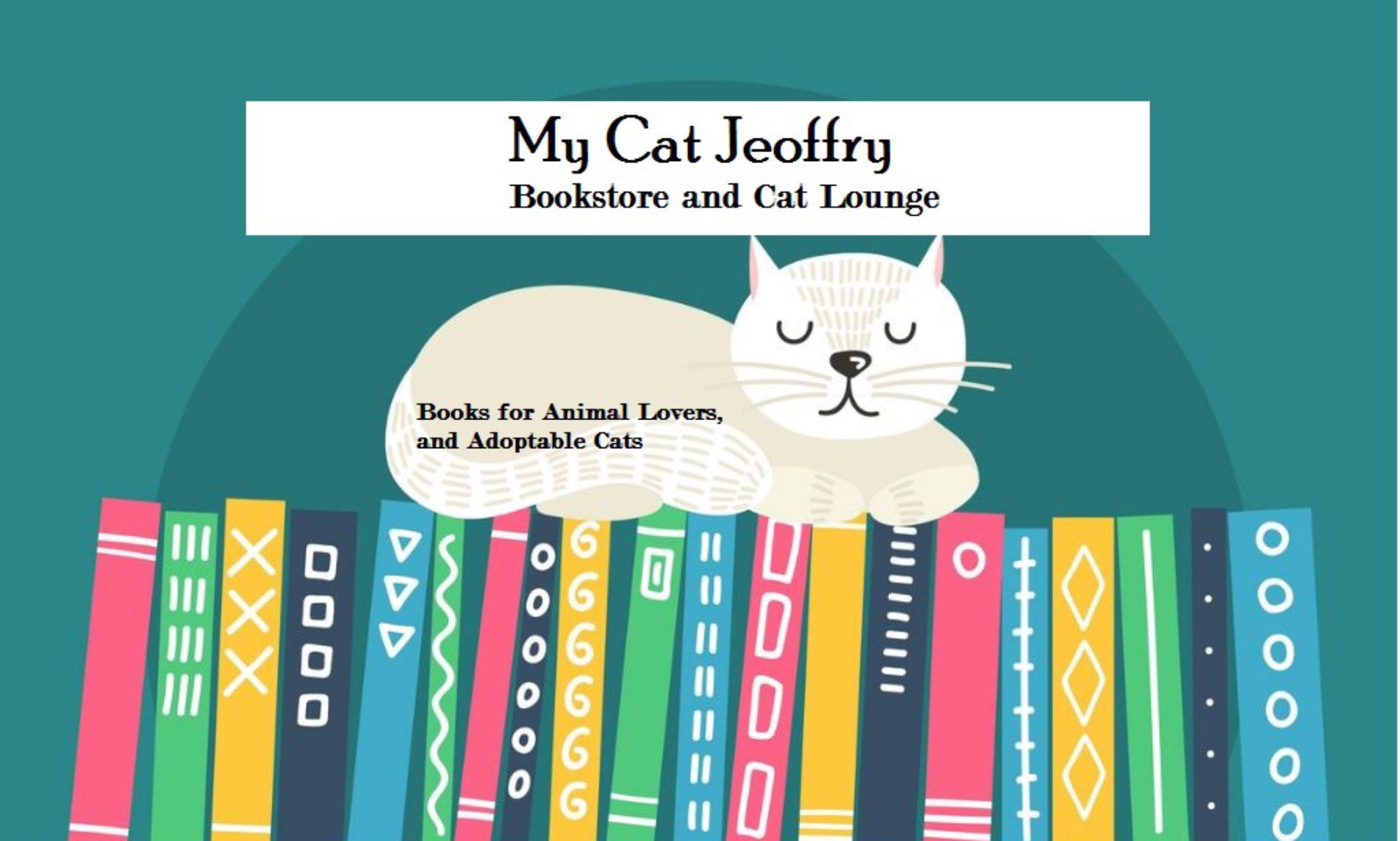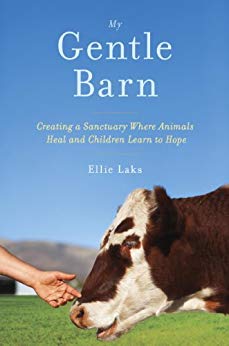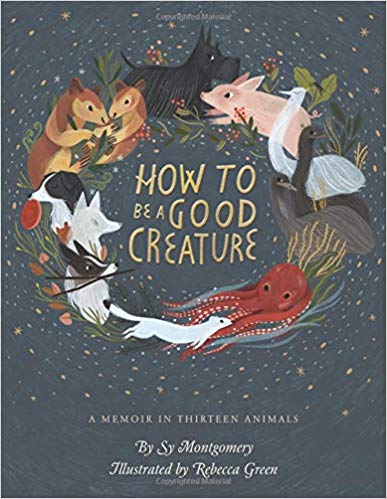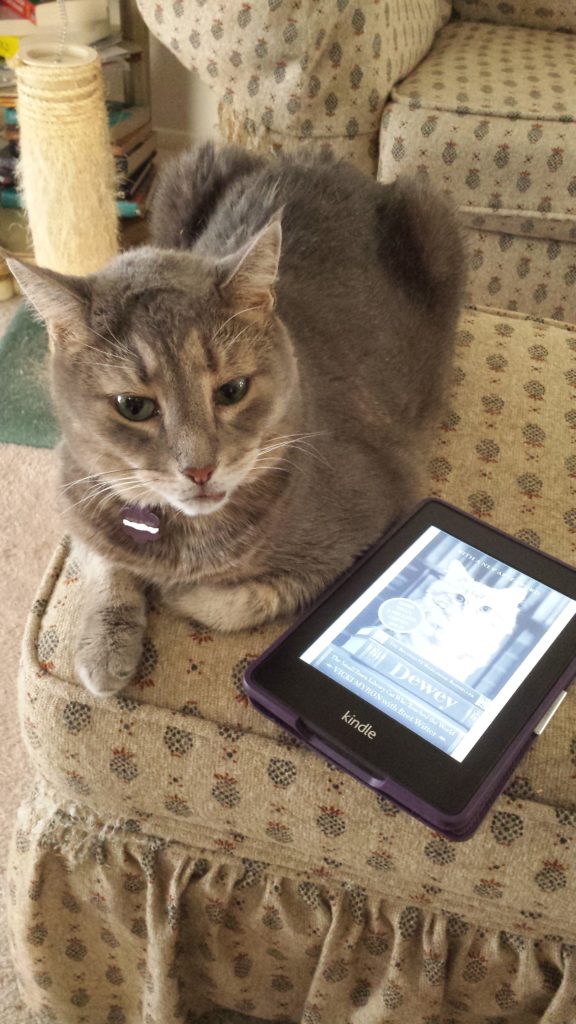
I listened to this book on audio, and about halfway through I started crying and couldn’t stop until end. And then I cried even more because it was over. Not because it was sad, although there are parts that are bittersweet, but just because it was so beautiful. Honestly, I don’t think I’ve ever felt this way about a book!
Written by South African conservationist Lawrence Anthony, and co-written by Graham Spence, THE ELEPHANT WHISPERER tells the true story of Anthony’s adoption of a herd of wild elephants who were so unruly, the prior owner vowed to put them down if he didn’t take them. The herd’s matriarch just wouldn’t stay put in the reserve, and she was continuously finding ways to help the group escape. Right after Anthony agrees to take them on his Thula Thula reserve in Zululand, he learns that the leader of the herd and her daughter have been killed. Saddened and angry, he vows to do the best he can with the others.
The herd’s new leader is Nana, a matriarch who takes after the former leader and continuously devises ways to help her clan escape from Thula Thula. The lengths these elephants will go to cross boundaries shows their vast intelligence. But Anthony must keep them put, lest they be shot by other reserve owners who don’t want wild elephants running about on their property. In order to do so, he must make friends with Nana.
And he does. The way she comes to trust him is depicted so endearingly. She listens to him, considers what he tells her: that this is now her home, and it’s a good home. And she stops trying to break through the wire fences. She explores Anthony with her trunk – and he bravely lets her – then kind of pets him with it, soon letting him touch her, letting her delicate little baby get close to him, and then leading the baby to explore him as well. Her troupe follows her example, coming to trust Anthony too, including Frankie, the kind of second-in-command of the herd, and the hardest to win over.
These elephants are so brilliant, so beautiful, so beyond amazing. You feel like you become friends with all of them, and you learn so much about elephant society in general, and about South Africa, its politics, and its immense beauty, by the way Anthony masterfully weaves the narrative of the land in with that of the herd.
My favorite – and Anthony’s as well (well, besides mother Nana!) – was Mnumzane, the oldest male of the herd, who grows to tower over everyone. Poor Mnumzane, he is the son and brother of the two killed elephants, and, as a male who’s reached puberty, Nana and Frankie ostracize him from the herd. This is natural, you learn, as elephant society is a matriarchy. So when males reach puberty, they are kicked out of the clan by the dominant matriarch, then go find their kind of “bachelor society,” which is dominated by a wise and older patriarch, who teaches them how to be a man, so to speak. The tragedy of Mnumzane, and of apartheid Africa, is that he can’t go find his bachelor buddies and his wise patriarch because of the way the land is divided. Thula Thula is too currently small to have more elephants; this is the only herd he can have. Mnumzane has a heartbreaking tale, and, for me, he was the emotional epicenter of the book.
But all of the elephants have their own stories: Thula, the granddaughter of Nana, who is born with a foot deformity and must be taken from her devoted mother, Nandi (Nana’s daughter) to be treated. Hers is a heartbreaking tale as well. And E.T., a young elephant orphaned by poachers, whom Anthony later takes in. She never fully trusts humans – for good reason – but she immediately comes to love the herd and finds her place within it in hours. And then there’s Max, Anthony’s beloved and very loyal bull terrier. What a protector. What a companion. I fell head over heels in love with Max!
This is the most wonderful book. Another reason I cried so at the end was that Anthony talks about how the end of apartheid has meant much of the land will be returned to the rightful owners. He and a new owner of an adjoining reserve will join forces and eradicate their boundaries between them so that more elephants can join Thula Thula. Anthony notes that he’s already received numerous offers of a patriarch, of the kind Mnumzane so needed. So, for all the sad things that happen, the book ends of a tear-inducingly hopeful note.
Tragically, Anthony died of a heart attack in 2012, about three years after the book was published. I found articles on the internet showing that the herd he had so loved somehow knew of his death, and came to visit the main house, to pay their respects. You can’t resist loving elephants – their immense intelligence, their sixth-senses, their ability to forgive and love and trust and remember.
You must read this if you’re any kind of animal lover 🙂 I can’t wait to visit Thula Thula. Someday very soon!














